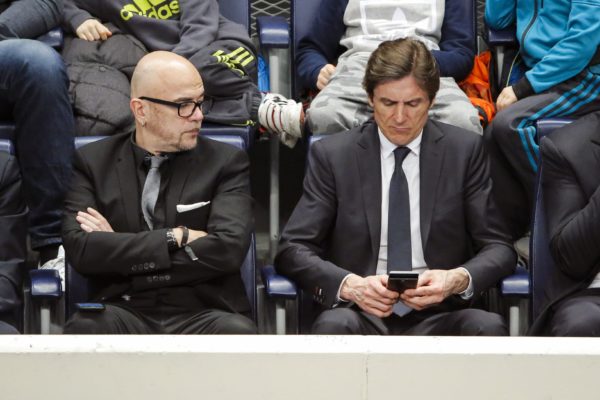

He was the first painter to be given a peerage, in the 1896 New Year Honours. Leighton was knighted at Windsor in 1878, and was created a baronet, of Holland Park Road in the Parish of St Mary Abbots, Kensington, in the County of Middlesex, eight years later. American art critic Earl Shinn claimed at the time that "Except Leighton, there is scarce any one capable of putting up a correct frescoed figure in the archway of the Kensington Museum." His paintings represented Britain at the great 1900 Paris Exhibition. His 1877 sculpture, Athlete Wrestling with a Python, was considered at its time to inaugurate a renaissance in contemporary British sculpture, referred to as the New Sculpture. In 1864 he became an associate of the Royal Academy and in 1878 he became its President (1878–96). He designed Elizabeth Barrett Browning's tomb for Robert Browning in the English Cemetery, Florence in 1861. In 1860, he moved to London, where he associated with the Pre-Raphaelites. From 1855 to 1859 he lived in Paris, where he met Ingres, Delacroix, Corot and Millet. When he was 24 he was in Florence he studied at the Accademia di Belle Arti, and painted the procession of the Cimabue Madonna through the Borgo Allegri. At age 17, in the summer of 1847, he met the philosopher Arthur Schopenhauer in Frankfurt and drew his portrait, in graphite and gouache on paper - the only known full-length study of Schopenhauer done from life. He then received his artistic training on the European continent, first from Eduard von Steinle and then from Giovanni Costa. He was educated at University College School, London.

He had two sisters including Alexandra who was Robert Browning's biographer. Leighton was born in Scarborough to Augusta Susan and Dr.

After Vespers (1871 Princeton University Art Museum)


 0 kommentar(er)
0 kommentar(er)
